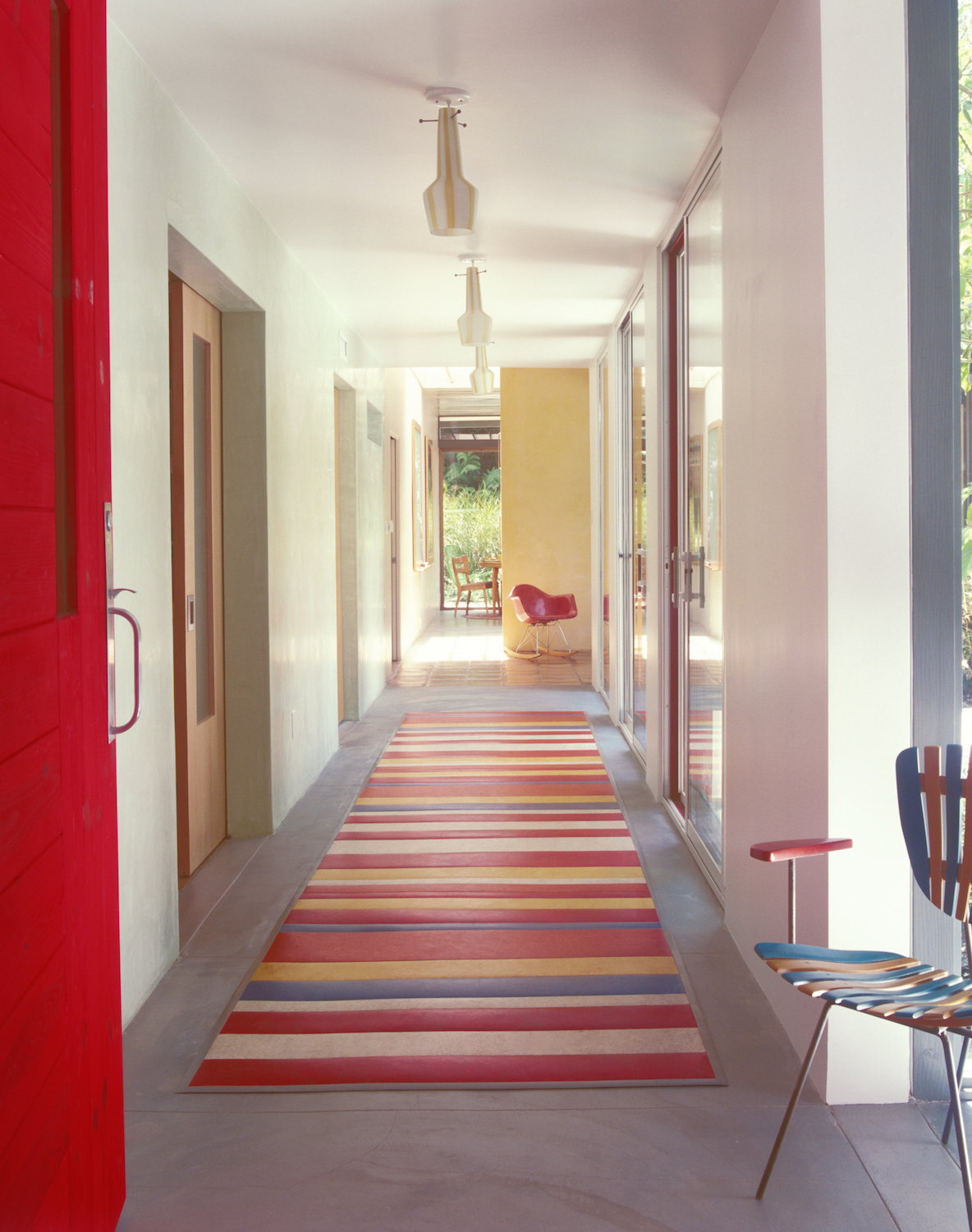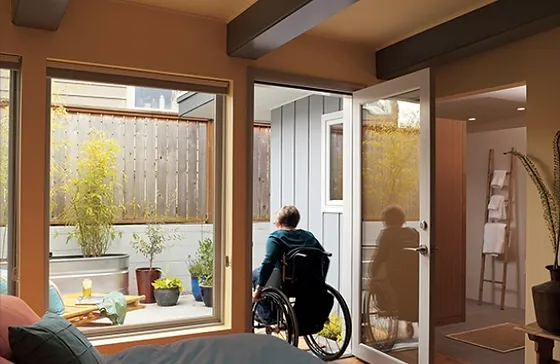Enhancing internal disability access for individuals using wheelchairs or four-wheeled walking frames involves crucial modifications such as door and hallway widening. Door widening expands entryways, facilitating easy passage and instilling a sense of autonomy. This adaptation benefits both residents and caregivers, streamlining movement and simplifying caregiving tasks.
Similarly, widening hallways creates a seamless transition between rooms, promoting smooth navigation and minimizing obstacles. This modification fosters a safe and welcoming environment, empowering individuals to move freely and engage in daily activities without constraints. Overall, these modifications work in harmony to create an inclusive living space that enhances accessibility, independence, and quality of life for those with mobility challenges.
Tailoring external disability access for individuals with physical disabilities involves essential modifications that significantly enhance their ability to navigate and engage with outdoor spaces. Door widening at both front and rear access points serves as a foundational adjustment, enabling seamless entry and exit for wheelchairs or mobility aids. This adaptation not only ensures practicality but also promotes inclusivity by eliminating barriers that might otherwise impede movement. In conjunction with door widening, the incorporation of ramps proves indispensable, providing a smooth and gradual incline that facilitates safe passage over uneven surfaces or steps. Paired with strategically placed grab rails and sturdy steel banisters, these modifications offer crucial support and stability, empowering individuals to traverse outdoor environments with confidence and ease.
Beyond the functional benefits, these external access modifications hold profound significance in promoting an enhanced quality of life and fostering a sense of independence. By addressing the specific requirements of individuals with physical disabilities, the amalgamation of widened doors, ramps, grab rails, and steel banisters creates an environment that champions safety, unrestricted movement, and a more inclusive way of life. These adaptations not only encourage outdoor activities but also contribute to a deeper sense of connection to the surroundings, allowing individuals to fully participate in social and recreational pursuits. In essence, these modifications lay the foundation for a more accessible and empowering outdoor experience, ensuring that physical challenges do not limit one’s ability to enjoy and engage with the world outside.


